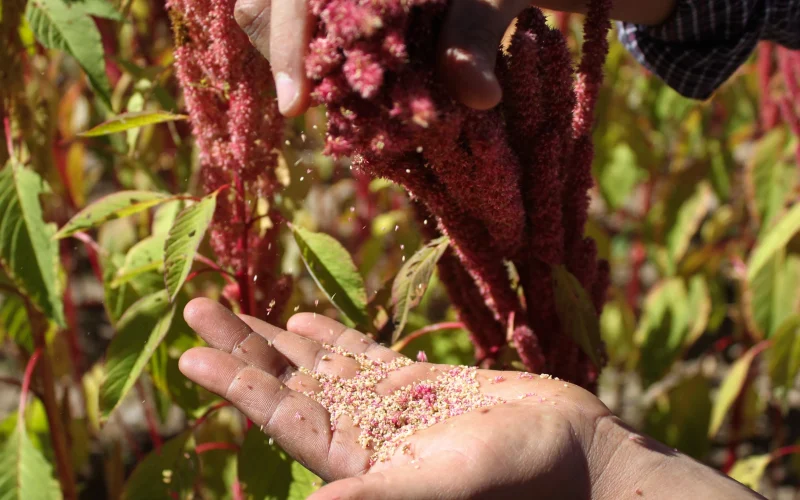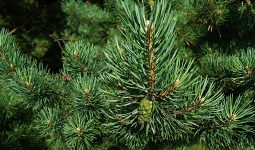Discover the art of growing amaranth in your home garden with our comprehensive guide.
Learn essential tips on planting, nurturing, and maintaining this versatile crop.
Perfect for both novice and seasoned gardeners looking to expand their garden’s bounty.
Growing amaranth in your home garden can be a rewarding experience.
This guide will provide you with the necessary amaranth growing tips to ensure a successful harvest.
By following these simple steps, you’ll be able to enjoy the many benefits of this ancient grain.
Understanding Amaranth
Amaranth is a versatile plant that has been cultivated for thousands of years.
It is known for its nutritious seeds and leaves, making it a valuable addition to any garden.
When planting amaranth seed, it is important to choose a sunny location with well-drained soil.
Placing amaranth seed correctly within the soil ensures healthy growth.
Once planted, amaranth requires minimal maintenance, making it an ideal crop for busy gardeners.
Amaranth is not only prized for its edible qualities but also for its ornamental value.
Many gardeners incorporate amaranth into their landscapes for its striking foliage and vibrant flower plumes.
With a wide range of colors available, from deep reds to greens and purples, amaranth can add a stunning visual interest to any garden design.
Preparing Your Garden for Amaranth
Before you start planting amaranth seeds, it’s crucial to prepare your garden bed properly.
Ensure the soil is loose and free of weeds, as this will help your plants grow strong and healthy.
Additionally, adding organic compost can improve soil fertility and provide essential nutrients for your amaranth plants.
In this context, amaranth thrives in warm temperatures, so make sure to plant your seeds after the last frost date in your area.
When preparing your garden bed for amaranth, consider the plant’s deep taproot system.
Loosen the soil to a depth of at least 12 inches to accommodate this root growth and ensure proper drainage.
If your soil is heavy or clay-like, incorporating sand or perlite can improve its texture and prevent waterlogging, which can be detrimental to amaranth plants.
Planting and Spacing Amaranth
When it comes to planting amaranth seeds, spacing is key. Plant your seeds about 1/4 inch deep and 10-12 inches apart to allow enough room for growth.
Amaranth plants can grow up to six feet tall, so providing adequate space will prevent overcrowding and promote healthy development.
You can also sow seeds closer together (around 3-6 inches) for grain amaranth, which will encourage thinner, more manageable stems ideal for seed production.
Aim for rows that are 2-3 feet apart to allow for easy access when harvesting the abundant grain.
Caring for Your Amaranth Plants
An effective amaranth care guide includes regular weeding and monitoring for pests.
While amaranth is relatively pest-resistant, keeping an eye out for common garden pests such as aphids and beetles is important.
Early intervention with organic pest control methods like insecticidal soap or neem oil can help manage any infestations before they cause significant damage.
Mulching around your plants with organic materials like straw or compost will help retain moisture in the soil, suppress weed growth, and regulate soil temperature for optimal plant health.
Fertilizing with a balanced fertilizer every few weeks will also support robust growth, especially during the flowering and seed-setting stages.
For leafy amaranth varieties, consider using a fertilizer formulated for leafy greens to maximize tenderness and flavor.
Harvesting your amaranth at the right time is crucial for maximizing yield and flavor.
The seeds are typically ready for harvest when they begin to dry and fall off the plant easily.
For leafy varieties, you can start harvesting leaves when they are young and tender, usually around 30-40 days after planting.
Regularly harvest young leaves throughout the growing season to encourage continuous growth and prevent the plant from bolting (flowering prematurely).
This will allow you to enjoy fresh amaranth leaves for an extended period.








